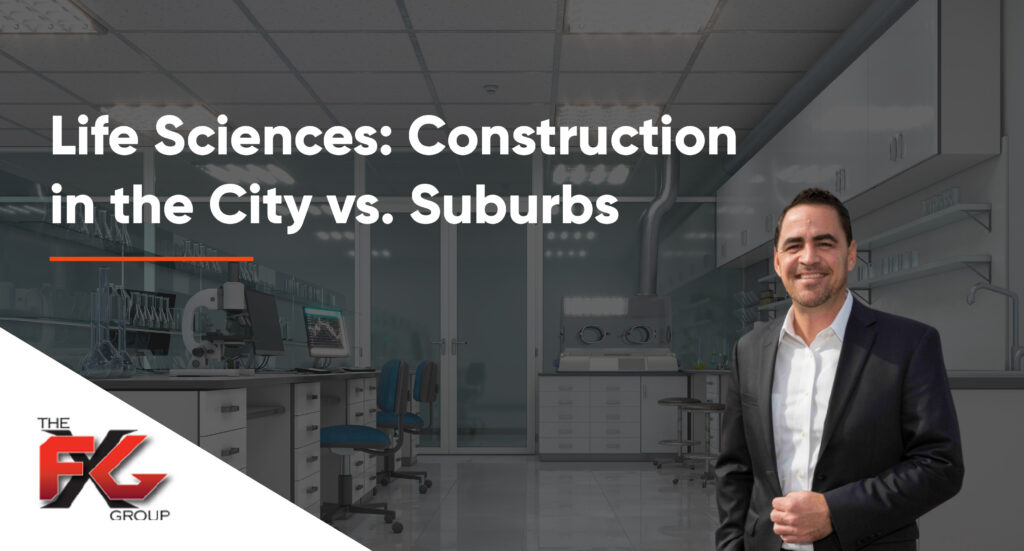In a recent blog post, we introduced you to the concept of the Owner’s Representative, and what they can do to support your commercial construction project. Now I would like to share some more in-depth information about how the Owner’s Representative can assist you with a critical early aspect of every venture: anticipating the longer-term needs on each project, and hiring the right team to meet those needs.
As an owner, I only have to hire the architect and contractor, and maybe a vendor or two — correct?
Some owners aren’t aware that they are responsible for hiring more than an architectural design firm and a general contractor, and then get stuck further down the road when they don’t have access to additional specialized sets of knowledge and skills.
Depending on the building type, here are some examples of vendors and other experts the owner typically hires directly. Note that these specialists usually do not work for an architectural design firm or general contractor.
Owner’s Responsibilities:
- Real estate attorney
- Commercial lender
- Environmental concerns
- Coordination with municipalities (planning, zoning, permitting)
- Coordination with utility companies for new infrastructure
- Testing & inspection firm (soils, concrete, steel, roofing)
- Furniture
- Information technology
- Low voltage (phone & data)
- Audio visual
- Security
- Nurse call (emergency notification system in hospitals)
- Acoustical consultants
- Lighting consultants
- Kitchen consultants
- Signage vendors
- Moving companies
The above represents only a portion of the list, but the bottom line is that the owner needs to identify the required firms early in the process, interview and hire them, and coordinate with everyone to ensure an efficient construction schedule and effective budgeting.
OK, for the firms I must hire directly as an owner, why should they be hired early on?
The earlier in the design phase these firms are brought in as part of the project team, the better. Here are some examples of specialists that should be hired very early in each project, and why:
- Furniture vendors– We all know there are numerous manufacturers in the marketplace with various products. It is important for the owner to identify furniture types during design to ensure furniture dimensions fit with the overall architectural layout. There have been projects where furniture is one of the last things to be addressed, leaving the owner to find out the client could not procure the furniture they wanted due to dimensional conflicts, lead times, and/or code compliance issues.
- Information technology– One of the first items an owner should address to compliment the architectural layout is the role of IT: Will my server be remote or onsite? If onsite, where in the new space will it be located? Are we going wireless? Who is going to ensure that employees will be able to work after they move in (phones activated, email working, etc.)? Some of these questions affect design and, as such, need to be addressed during the design phase.
- Security/audio visual/low voltage– These expert vendors also should be brought in during the design phase to identify items such as power outlet locations, power requirements, and phone/data jack ports. If hired after the construction documents are completed, the electrical contractor will request additional funds – and, depending on timing, could affect other subcontractors as well.
As you can see, there are various considerations that need to be handled from the beginning of each job, and most owners simply don’t have the experience and background to do so successfully. By getting a skilled Owner’s Representative in place, an owner can be confident the right teams will be in place, the project will be safe, successful, and on time and budget. Contact us to learn more.



